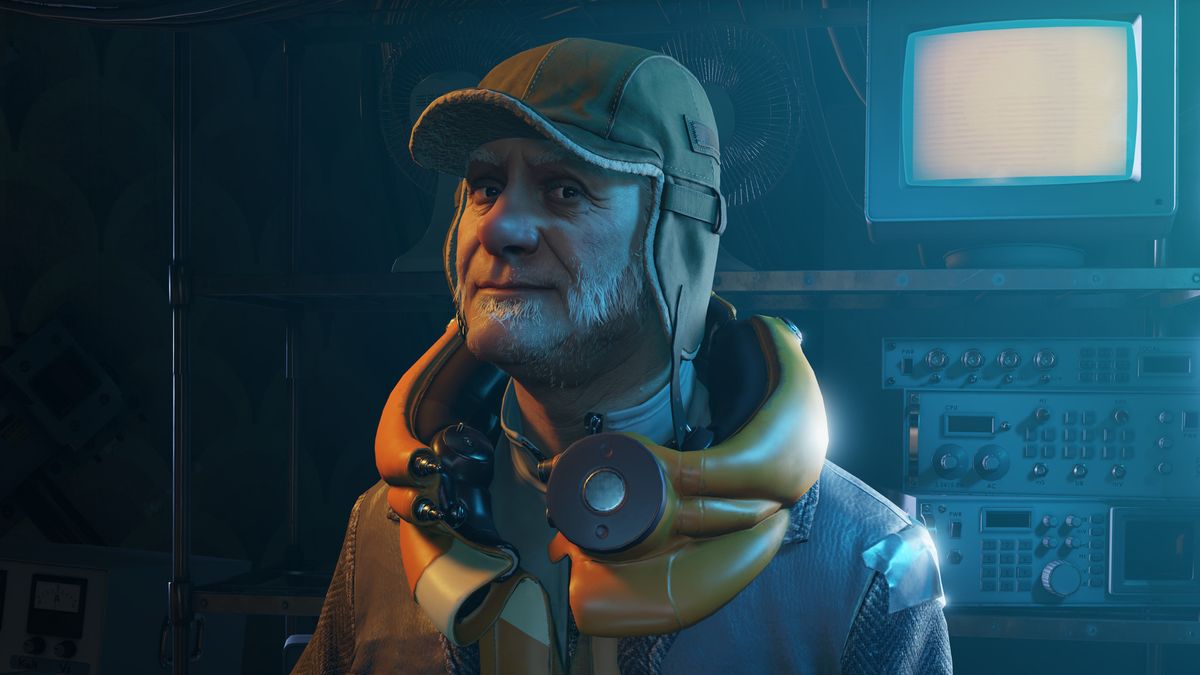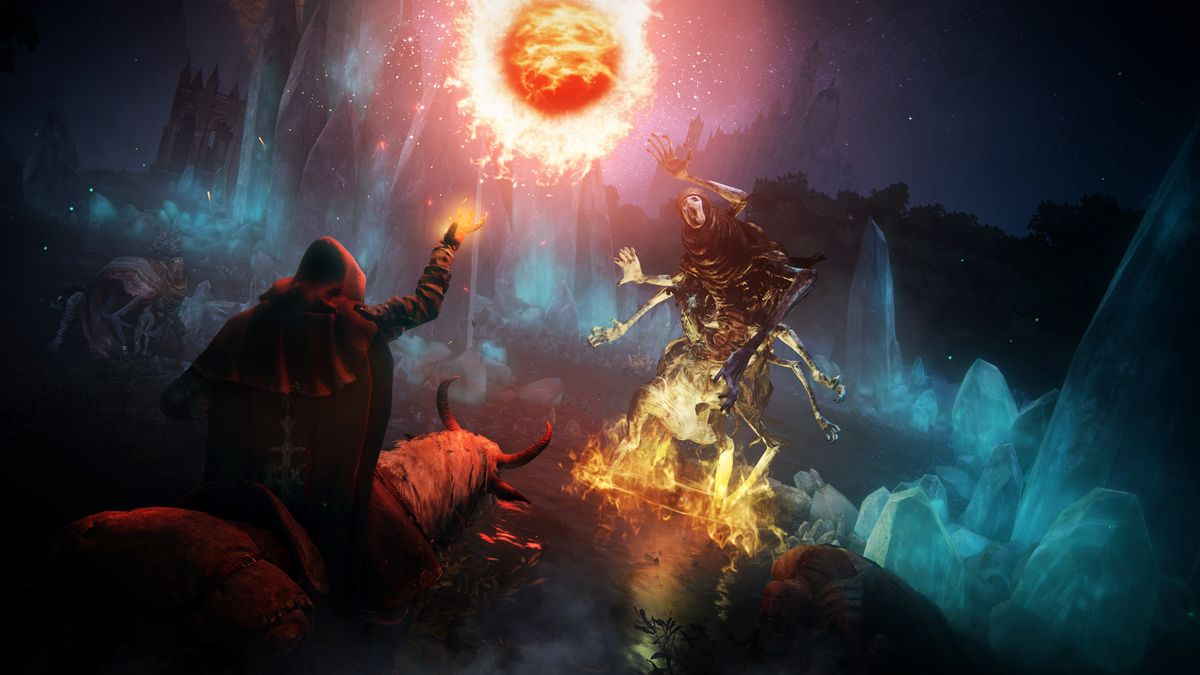Jason Allen lives in Colorado, and last week lit the fuse on a debate that’s going to run and run: he used AI software to create art, submitted it to the Colorado State Fair fine arts competition, and took first prize. Needless to say, some people don’t like the idea.
There are a few important facts to note. Allen did kind of acknowledge what he’d done, in crediting his submissions as being by “Jason Allen via Midjourney,” and also spent considerable time working on the prompts to produce the eventual artworks: “many weeks” he says. He also worked further on the images Midjourney created in Photoshop, so they are manually finished.
But of course this is nuance next to the central issue: an AI artbot just beat out human artists, and was clearly also plausible enough to fool human judges.
Midjourney is one of the many AI image generation tools emerging at the moment, and is currently in beta. The user enters text prompts and the software generates images based on the associations therein. This means there is an element of human finesse to what it produces, as specific language in different combinations can produce a wide range of outcomes. There’s a large element of automation to these things, in other words, but they are still fundamentally tools to be manipulated by humans: and as the old computer saying goes, garbage in means garbage out.
Allen’s images are certainly not garbage: they’re beautiful. His winning piece is called “Théâtre D’opéra Spatial” and took the prize in the state fair’s digital art category. It was printed on canvas, and shows a bunch of figures staring out of a dark interior towards a sunny sci-fi landscape.
Following the win, Allen posted about it on Discord, a post that was soon picked up and went viral on Twitter. The event was presented with the TL;DR of “Someone entered an art competition with an AI-generated piece and won the first prize. Yeah that’s pretty fucking shitty.”
See more
The pile-on soon began, though luckily for Allen he seems to be one of those sensible sorts who doesn’t use Twitter. The arguments for and against this are by now familiar, but boil down to the potential of AI generation software to replace human artistry and skill, and its impact both in terms of costing jobs and the implications for cultural production. There’s also the fact that these things are trained on the work of humans who get no credit nor benefit from them.
Then there’s the most obvious dividing line: AI image generation software exists, and it’s not going away. But should it be competing against humans?
“I’m not going to apologize for it,” Allen told the New York Times. “I won, and I didn’t break any rules.”
A spokesperson for the Colorado Department of Agriculture told the Times that, as Allen had disclosed the use of Midjourney in his submission, it was indeed within the rules. They added that the two judges did not know what Midjourney was at the time, but would have awarded Allen’s work the prize regardless.
Allen believes that ultimately awards shows like this will end up creating an ‘AI category’, which does seem like a sane solution to a debate that can get extremely passionate. One senses that Allen is, however, up for the fight and out to tweak the noses of a few critics.
“The ethics isn’t in the technology,” Allen told the Times. “It’s in the people. This isn’t going to stop. Art is dead, dude. It’s over. AI won. Humans lost.”
While this is an obvious provocation, it gets us into the messy and unanswerable question of what counts as art and what methods of art production are ‘valid’. The method is new, but that question is not: Plenty of historical examples have prompted the same consideration over the years, like Duchamp’s urinal, Pollock’s paint splashes, Warhol or Hirst”s production line of assistants, nevermind technologies like cameras or factory moulding or the logistics and processes that go into public art.
Ultimately it comes down to disclosure, and to the end result. No-one really knows what art is, after all, but we all know it when we see it.


